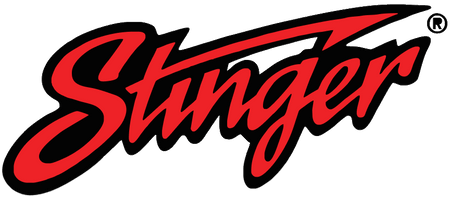
You don’t have to tell us WHY you want to upgrade the sound system in your ride. But have you ever wondered how companies like us integrate with factory audio systems? Our team of engineers recently tore into the 2021 Ford Bronco, and we want to share the process of introducing aftermarket components to a factory speaker system.
Most modern vehicles feature digital signal processing (also referred to as a DSP) built into the factory radio system. The DSP helps to deliver an optimized audio experience to the passengers with limited output power constrains. Basically, the DSP alters the audio feed before reaching the speaker in order to send only audio signals designed for each speaker. This leads to many new challenges when trying to add aftermarket audio components to factory technology. Tapping into the factory system to retrieve the audio signal for audio upgrades is requires a lot more engineering compared to older vehicles. Elevating your car audio sound experience has never been more technical.
The good news is that while factory systems are getting more advanced, so does the aftermarket audio possibilities. There are few methods to retrieve the audio signal from a factory system. This can vary based on the infotainment system in your car and the desired audio goal to be achieved.
The most common and cheapest factory audio system available is the base model non-amplified system. The line output converter is an audio interface converting high level speaker signal to low level signal. This is useful when you want to tap into the speaker directly to retrieve the signal that speaker is playing and use that same signal for the aftermarket system.
Keep in mind that not every signal sent to the speakers are the same. The signal can vary depending on size and location of the factory speaker. For example, a small front dash speaker might have lower frequencies cutoff to prevent damages from over-playing the low frequencies that are not compatible with the smaller speaker. The same applies to the larger door speakers for the higher frequencies.
Below are some frequency response graphs:
The signal from the kick panel location has better low frequency extension than the dash speaker. Oppositely, dash speakers have better high frequency extension than the kick panel speaker.
Therefore, the kick panel signal should be used if you are adding a subwoofer. The dash speaker signal should be used for the Mid-range and tweeters.

You can utilize summing features with AudioControl’s LC6i, LC7i or LC8i to sum both kick panel signal and Dash signal to obtain full range signal by combining two signals into one signal (shown in the graph below).

For ease of signal retrieval at the speaker level, we engineer harnesses for vehicle specific applications. To tap into the signal at one location without cutting up all the factory wires, PAC Audio’s LPHFD31 T-Harness does its job amazingly. Or you can tap behind speaker directly if all you need is mono signal to add a subwoofer.
There are many reputable Line output converters in the market, but there are only a few that accomplish a performance standard that is satisfactory. To obtain optimal audio quality signal, we recommend AudioControl’s LC series Line Output Converter (LOC) and PAC Audio’s LOC PRO Advanced (LPA series Line output converter).

